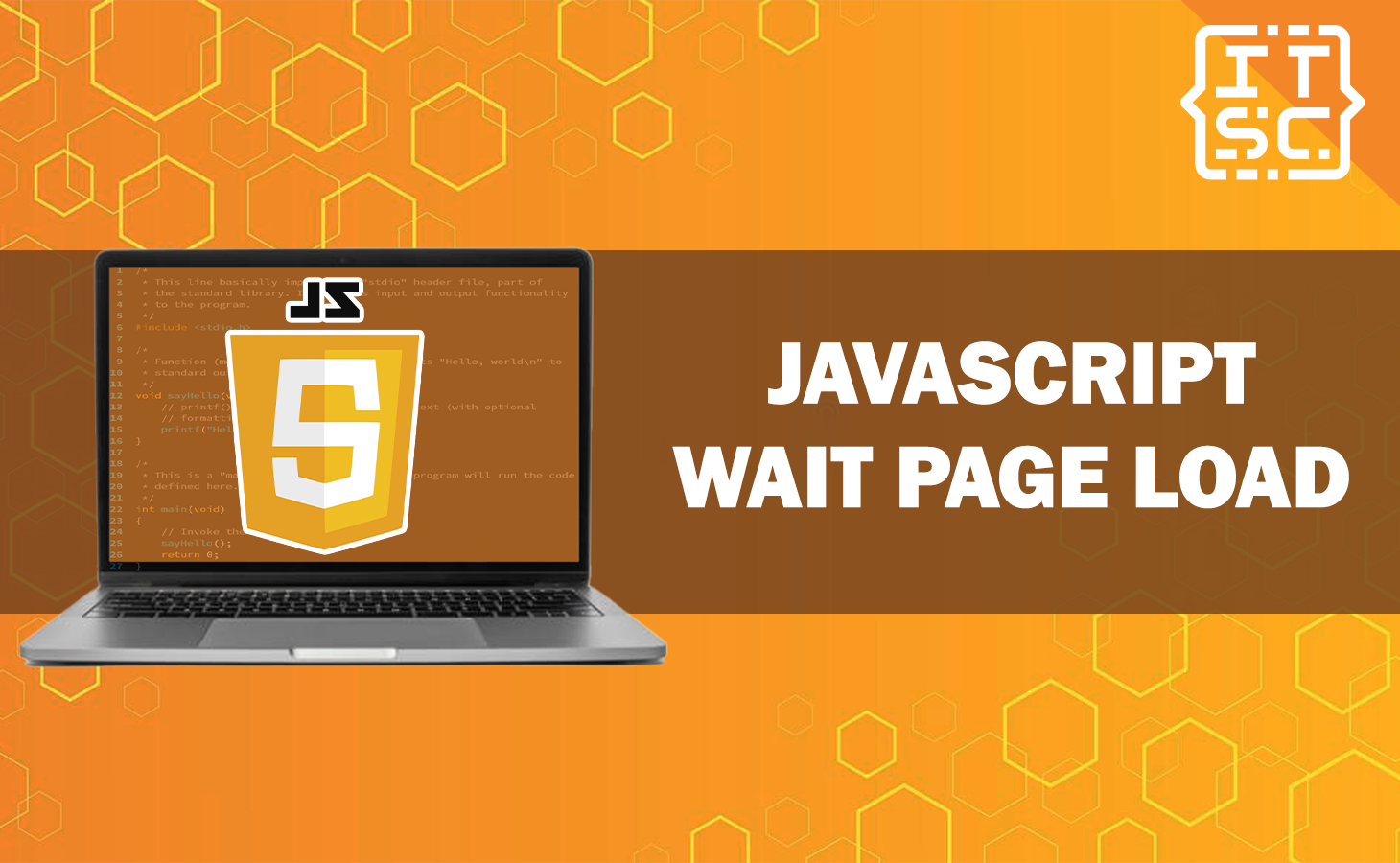In this comprehensive guide, we’ll delve into the intricacies of JavaScript wait page load techniques.
We’ll explore how to strike the perfect balance between interactivity and loading speed, enhance user satisfaction, and ultimately, boost your website’s performance.
As the world of web development evolves ensuring the smooth and responsive user experience is paramount.
Consequently, a crucial aspect of achieving this is optimizing page load times, specifically when JavaScript is involved.
What is Wait Page Load?
The wait page load in JavaScript is a process that delays the execution of certain scripts or actions until a web page is completely finished loading its content and resources.
Moreover, web pages often consist of various elements like text, images, videos, and other assets, all of which need to be downloaded and rendered to the browser.
Why JavaScript Wait Page Load Matters?
In today’s fast-paced digital landscape, users have little patience for sluggish websites.
Studies show that a delay of just a few seconds in page load time can significantly increase bounce rates and discourage user engagement.
JavaScript wait page load techniques address this issue by presenting a fully functional webpage only when it’s ready, avoiding the frustration of broken or incomplete interactions.
Benefits of JavaScript Page Load
Implementing JavaScript wait page load strategies offers a plethora of benefits for both website owners and users:
Enhanced User Experience
By displaying a complete and functional webpage, users can seamlessly interact without interruptions, leading to improved satisfaction.
Reduced Bounce Rate
Faster load times reduce bounce rates, keeping visitors engaged and exploring your content.
Improved SEO Ranking
Page load speed is a crucial factor in search engine ranking algorithms. By optimizing load times, you can positively impact your website’s SEO performance.
Optimized Conversion Rates
A smoother user experience translates to higher conversion rates, benefiting your business or goals.
How to wait page is loaded in JavaScript?
Working in JavaScript have several ways to wait for a page to load before executing specific code. Here are a few common approaches:
1. Using window.onload Event
The window.onload event executes when the entire page, including all its sources, has finished loading.
Additionally, you can attach a function to this event to delay the execution of your code until the page is ready.
window.onload = function() {
// Your code here
console.log("Page has finished loading.");
};2. Using DOMContentLoaded Event
The DOMContentLoaded event executes shortly after the initial HTML document has been thoroughly loaded and parsed, without pausing for external resources like images or stylesheets.
document.addEventListener('DOMContentLoaded', function() {
// Your code here
console.log("DOM content has been loaded.");
});3. Using Modern defer Attribute
The defer attribute in script tags allows you to specify that a script should be executed after the HTML document is fully parsed, but before the DOMContentLoaded event fires.
This can be beneficial for performance and still ensure that the code runs before the onload event.
<script src="your-script.js" defer></script>4. Using Promises with load Event
You can use the load event on individual elements like images or resources that you want to wait for.
By creating a promise, you can ensure that your code executes only when these specific elements have loaded.
function waitForElementToLoad(element) {
return new Promise(function(resolve) {
element.onload = resolve;
});
}
const image = document.querySelector('#my-image');
const resourcePromise = waitForElementToLoad(image);
resourcePromise.then(function() {
// Your code here
console.log("Image has loaded.");
});Choose the method that best suits your needs. Generally, using the DOMContentLoaded event or the defer attribute is recommended, as it provides a good balance between performance and reliable execution timing.
Nevertheless, you can also learn How to Reload the Page in JavaScript to enhance the user experience of your website.
Conclusion
In conclusion, prioritizing the user experience and performance is nonnegotiable. JavaScript wait page load techniques offer a powerful solution for delivering a fast and interactive web experience.
By implementing the discussed guide above, you’re on your way to creating a website that not only captivates visitors but also earns their loyalty.

